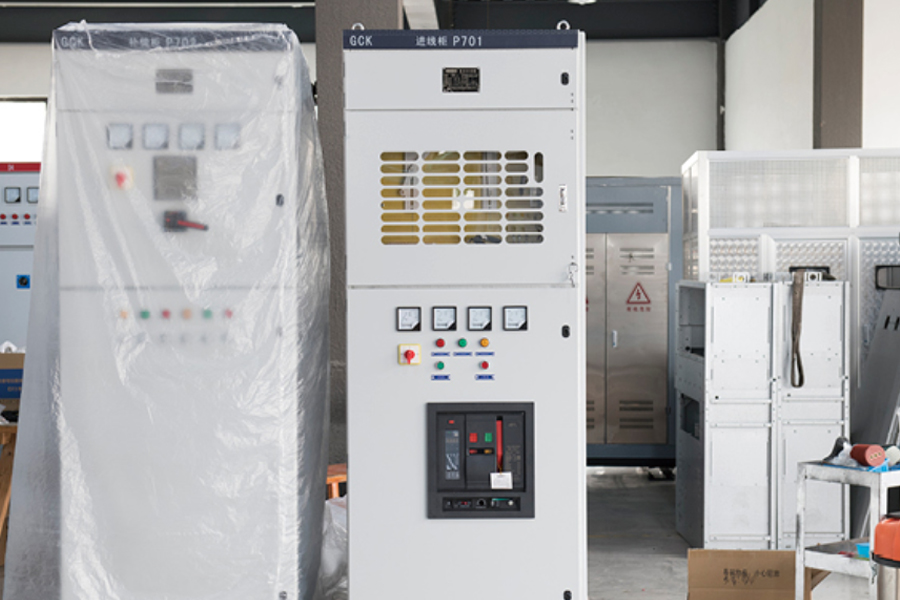Industry News
Features and Applications of Large Low Voltage Wire Junction Boxes
A Large Low Voltage Wire Junction Box plays an essential role in electrical distribution systems by housing and protecting connections for low voltage wiring. These enclosures are specifically designed for applications where multiple conductors or larger cable sizes need to be securely joined, organized, and accessed in a safe, efficient manner. With growing demands in residential, commercial, and industrial infrastructure, such junction boxes support a wide range of low voltage systems including lighting, data communication, automation controls, and security systems.
The construction of a large low voltage wire junction box typically involves durable materials such as ABS plastic, fiberglass, polycarbonate, or metal alloys. These materials are selected based on application requirements such as resistance to impact, moisture, chemicals, or ultraviolet radiation. The internal layout is designed to accommodate terminal blocks, wire connectors, or busbars depending on the installation type.
The enclosure often includes mounting brackets, removable covers, and gasket seals to support easy installation and ensure environmental protection. Lockable covers or tamper-resistant fasteners may be used in areas where additional security is needed.
A large junction box provides ample space to route and terminate multiple low voltage wires in an organized way. This reduces the risk of tangling, short circuits, or signal interference.
By isolating live wire connections and shielding them from external contact, the box smalls the possibility of accidental shocks, wire abrasion, or damage caused by environmental exposure.
The box allows easy access to wire terminals for routine inspection, testing, or modifications. This makes troubleshooting faster and more efficient.
Its large size supports the addition of more circuits or devices over time without the need for replacing the entire enclosure.
These junction boxes are intended for use with systems that operate below standard voltage levels (typically below 50V AC or 120V DC), making them suitable for control signals, lighting, telecommunication, and other similar functions.
Building Automation Systems: Used to connect control lines for HVAC, lighting, access control, and monitoring systems.
Security and Surveillance Networks: Facilitates wiring of low voltage power and signal lines for cameras, sensors, and alarms.
Telecommunication and Networking: Houses structured cabling for data lines, telephone systems, or fiber connections in commercial buildings.
LED Lighting Systems: Supports distributed LED fixtures across large interior or exterior installations.
Renewable Energy Systems: Helps manage low voltage wiring associated with solar controllers, inverters, and battery management units.
Proper installation is crucial for performance and safety. Key factors include:
Load Capacity: Ensuring the box is sized correctly for the number of cables and their gauge.
Environmental Ratings: Choosing boxes with suitable IP or NEMA ratings when installed outdoors or in wet, dusty, or corrosive environments.
Cable Entry Points: Using strain relief fittings or grommets to prevent mechanical stress on wires.
Labeling and Documentation: Keeping internal connections labeled simplifies future servicing and expansion.
A Large Low Voltage Wire Junction Box offers a practical solution for organizing, protecting, and managing low voltage wiring systems. Whether used in new construction, system upgrades, or infrastructure retrofits, these enclosures support operational reliability, safety, and expandability. With thoughtful selection and proper installation, they contribute to the efficient functioning of low voltage electrical and communication networks in various environments.

Next
Understanding the Function and Use of Main Cable Junction Boxes
<p>A <a href="/product/cable-branch-box-switch-station/" target="_blank"...
View More- PRODUCTS
- New Energy Power Distribution Equipment
- Box Type Substation
- Cable Branch Box/Switch Station
- High Voltage Switchgear
- Low Voltage Switchgear
- Engineering Vacuum Circuit Breaker
- New Energy Vehicle Floor Charging Pile
- Commercial Energy Storage
- Photovoltaic Complete Box
- High Voltage Arrester
- INFORMATION
-
-
Phone+86-13868788848
+86-13356188725 -
Tel+86-0577-88810567
-
E-mail
-
AddNo. 59, Youyi Road, Xinguang Industrial Zone, Liushi Town, Yueqing City, Zhejiang, China
-
- ENQUIRE WITH US
Photovoltaic Module Manufacturer




 English
English  中文简体
中文简体  русский
русский  Español
Español  عربى
عربى 


